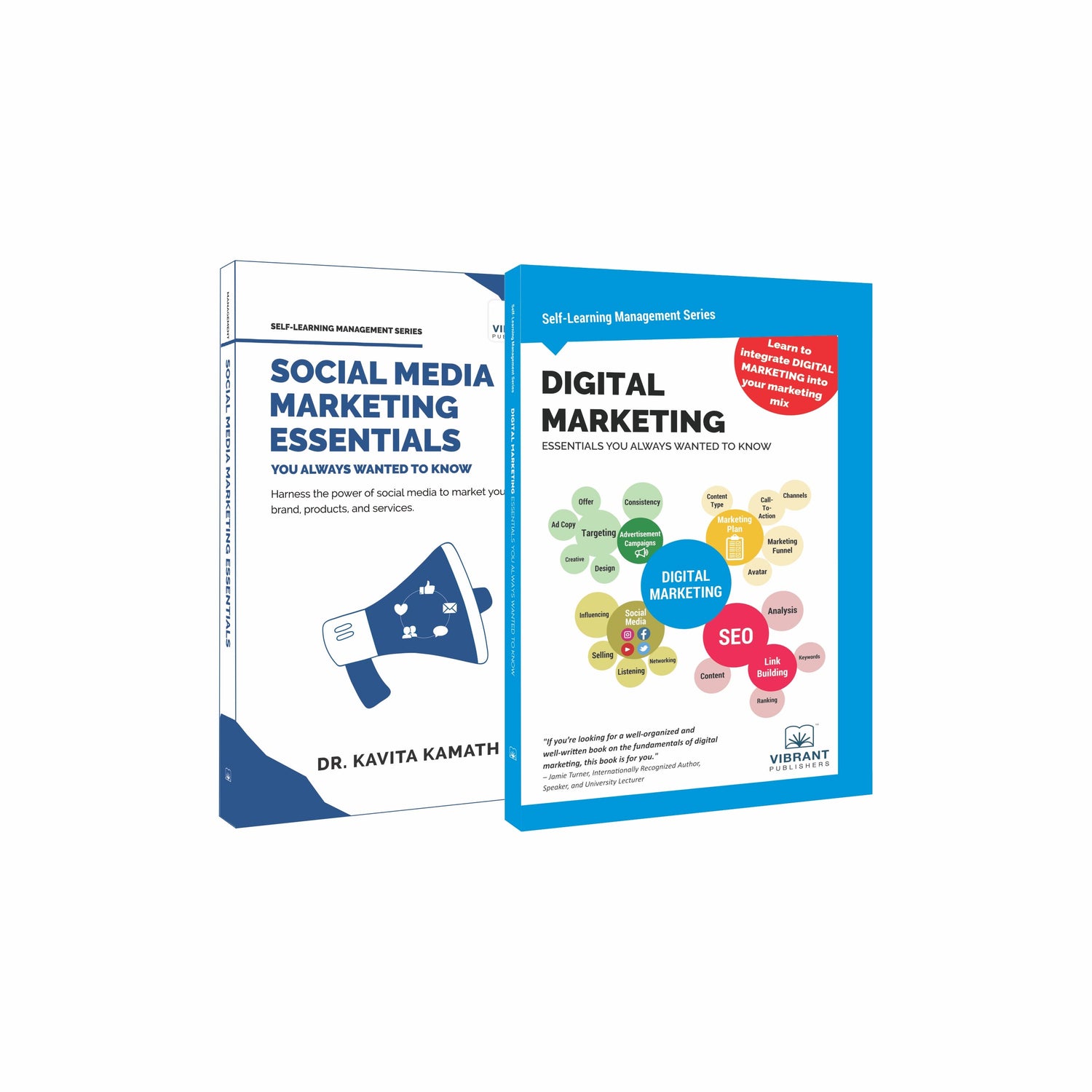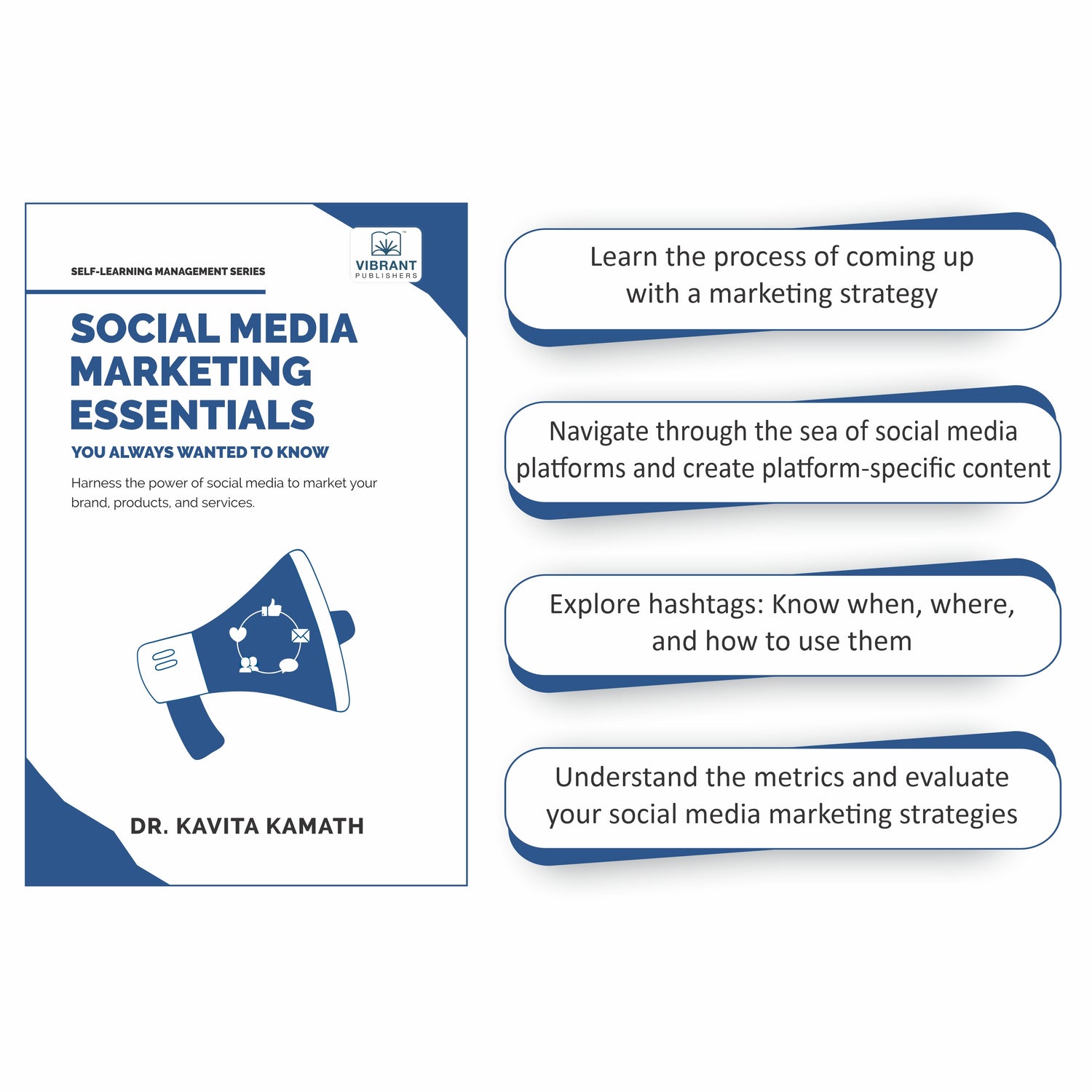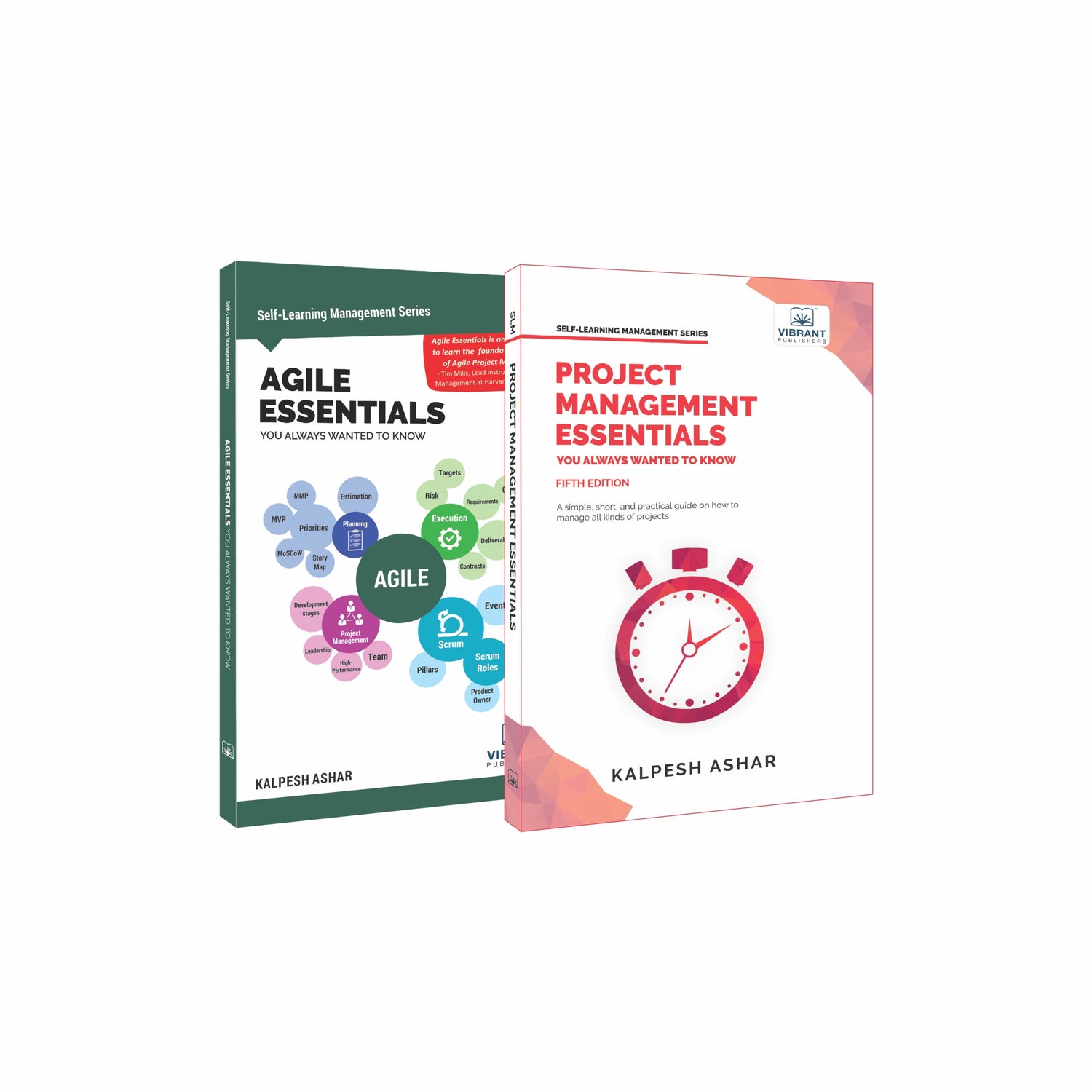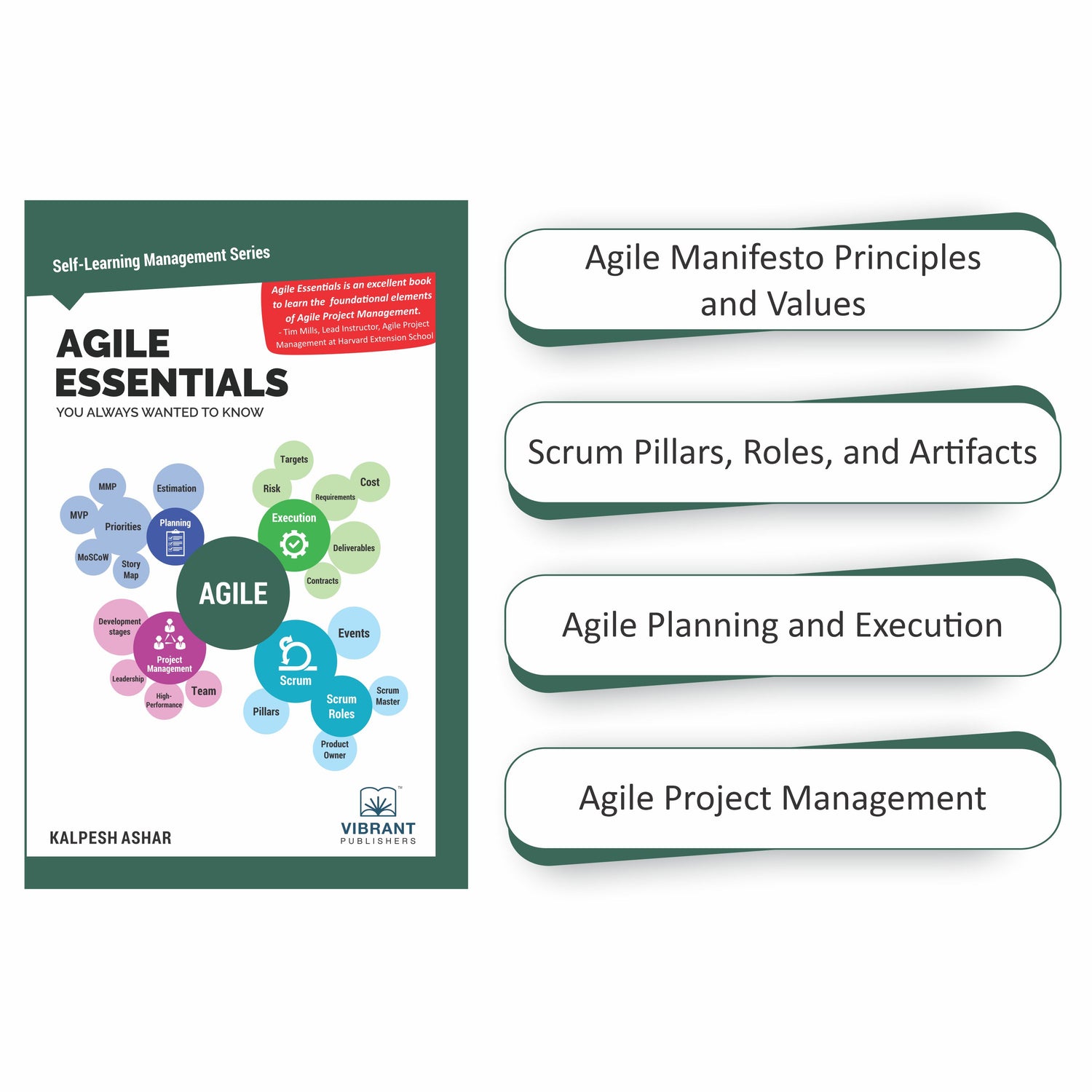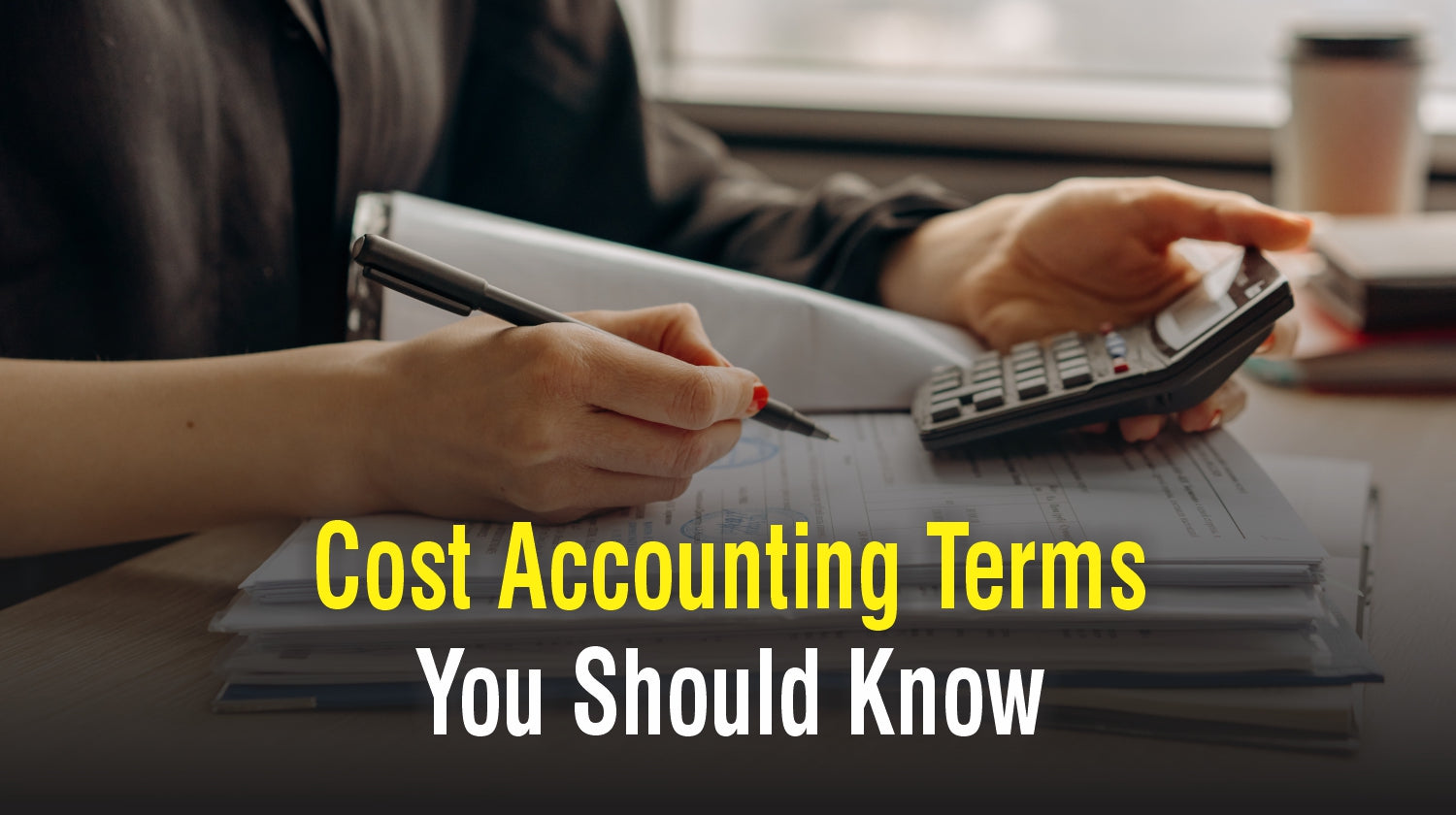
Cost Accounting Terms You Should Know
Cost Accounting refers to the approaches and activities adopted by managers to use the company’s resources to increase the value given to customers and to achieve organizational goals. Cost Accounting, if used and analyzed correctly, will help to take important business decisions.
Here are some cost accounting terms that you should know!
- Cost Object
Cost object is the product or service with respect to which the cost needs to be computed. For example, if a car manufacturer wants to assess costs, the cars that they manufacture would be their cost object. Similarly, the cost object for a bank would be its customer accounts. Costs are classified on the basis of the cost object.
- Direct and Indirect Costs
Costs are classified under two categories as given below:
- Direct Costs
These are costs that can be directly traced or caused by a product, service, project, organizational unit, or activity. For example, the cost of a steering wheel is a direct cost in the manufacturing of a car. Similarly, the cost of effort undertaken by a worker in making the doors of the car also amounts to direct cost. Below are some examples of direct costs:
- Indirect Costs
These are costs that cannot be directly traced to a single product, service, project, organizational unit, or activity. These costs are allocated rather than being traced to individual products or services as there is no cost-effective way of tracing them directly. For example, the rent of a plant used to manufacture cars of multiple varieties cannot be directly traced to every car model. Hence, the rent is an indirect cost. If the plant were to manufacture only one car model, then the rent would become a direct cost. Similarly, the cost of supervisors for various products of the company is also an indirect cost and needs to be allocated in some proportion instead of being directly traced to the products. Below are some examples of indirect costs:
- Variable and Fixed Costs
When a company changes the number of products and/or services it provides, its total costs would also change. However, some costs change in relation to quantity or volume whereas others do not. On this basis, these are the following categories of costs:
Costs that change proportionately with volume are called variable costs. So, if the company sells 10% more products, its variable costs would also go up by 10%. For example, the cost of car tires is variable and so is the cost of the steering wheel. We saw earlier that both these costs are also Direct costs. Hence, a certain cost can be Direct and at the same time, Variable. Below are some other examples of variable costs.
- Non-variable/Fixed Costs
These are exactly the opposite of variable costs. They do not vary with the quantity or volume of the product manufactured or the service provided. This means that this cost is independent of the volume. For example, the rent of office premises is a fixed cost as it does not change with the change in business volume. Below are some examples of fixed costs:
However, it may be noted that fixed costs are generally fixed within a certain relevant range. For example, if the business grows so much that a new office will have to be bought to accommodate the new machinery and personnel, then the rent cost changes. Hence, it is said to be fixed only over a certain volume of business called the relevant range. The diagram and table below show how fixed costs behave over the relevant range.
- Semi-variable Costs
Many costs are a combination of both the above costs. The total amount in such costs will then change with volume, but not proportionately. It is always best to try and separate this into two components – fixed cost and variable cost, and deal with them separately. For example, telephone bills usually contain a fixed charge for having a connection and a variable charge based on actual usage. In this case, it is easy to separate the two costs. Similarly, the cost of driving a car includes many other cost components, like the cost of gasoline, oil, tires, and maintenance, all of which are variable. But there are also costs of insurance and registration that are fixed. Hence, the total cost in both the above cases is semi-variable and can be easily separated into its fixed and variable components.
The two distinctions of costs – Direct and Indirect and Variable and Fixed are on separate dimensions. Hence, every cost would be a combination of these. The following combinations are possible:
To read more about Cost Accounting, pick up the book Cost Accounting and Management Essentials You Always Wanted To Know which is an ‘essential’ guide and includes practical examples and case studies to explain the concept better.
© 2022, By Vibrant Publishers, USA. All rights reserved. No part of this publication may be reproduced or distributed in any form or by any means, or stored in a database or retrieval system, without the prior permission of the publisher.
Share



